公司筆電收購 收購ASUS筆電 收購ROG電競筆電 收購ACER筆電 收購Msi電競筆電 收購微軟SURFAC 看全文
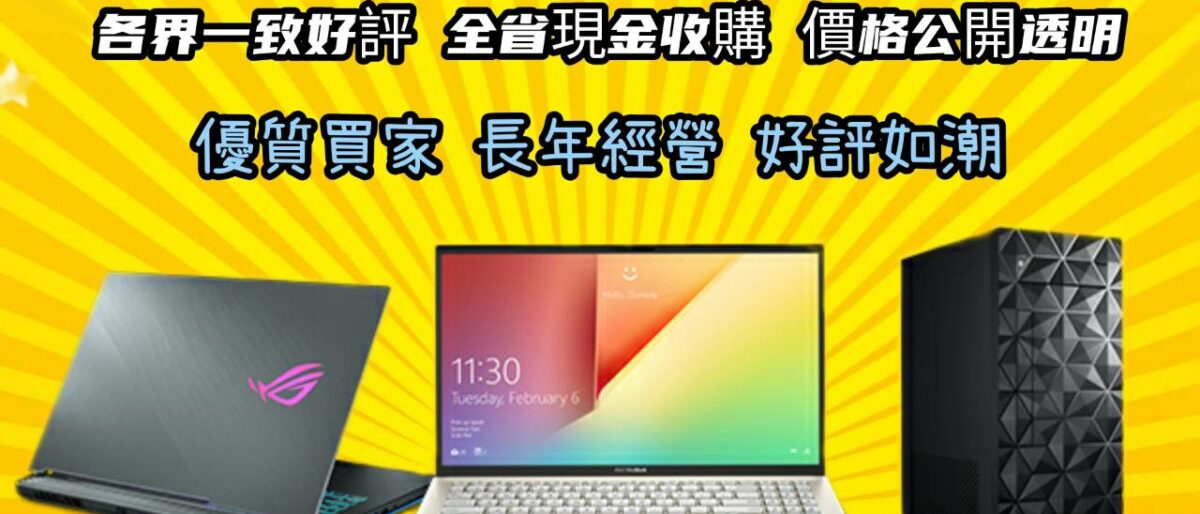
我們專業經營各項3C高價回收,收購電競筆電,文書筆電,輕薄筆 電,MSI,ASUS,ACER,HP,Razer,GIGABYBE,Microsoft,,多通路多管道,非坊間垃圾回收價,價格不怕您比較,歡迎企業戶汰舊換新,續約販賣,分期換現,電競筆電, 二手汰舊,手機,筆電,相機,鏡頭,空拍機
公司筆電收購
Mavenoid, a Swedish company that provides both human- and AI-enabled support and troubleshooting tools for hardware companies, has raised $30 million in a series B round of funding.
Founded out of Stockholm in 2017, Mavenoid works with hardware and consumer electronics companies including 公司筆電收購hp, Husqvarna, and Jabra, serving to automate technical support and onboarding for customers spanning everything from printers and ovens, to electric scooters and industrial equipment.
Providing technical support for physical products comes with a host of unique problems — problems that can’t be solved by screen-sharing or other solutions borrowed from the software sphere.
Ordinarily, someone having problems with a new dishwasher or coffee maker, for example, would either have to return their product to the store where they bought it, or the company would have to dispatch a field-service agent to physically inspect the item — but Mavenoid adopts a dual AI-guided self-service approach, and agent-assisted live video support, to circumvent these costs.
“The way that you address physical product issues, and the tools you need to be successful, are actually quite different from how you would address software or service issues,” Mavenoid co-founder and CEO Shahan Lilja explained to TechCrunch. “We believe it’s better to have the right tools for the job, rather than trying to use generic solutions for specific problems. Hardware issues are repetitive, difficult and time-consuming to fix. By automating a significant portion of these repetitive — but often complex — support requests, companies can save on costs by reducing overhead and allocating resources elsewhere in the organization.”
With live support, Mavenoid gives companies access to interactive video tools, whereby a customer connects directly with a human agent.
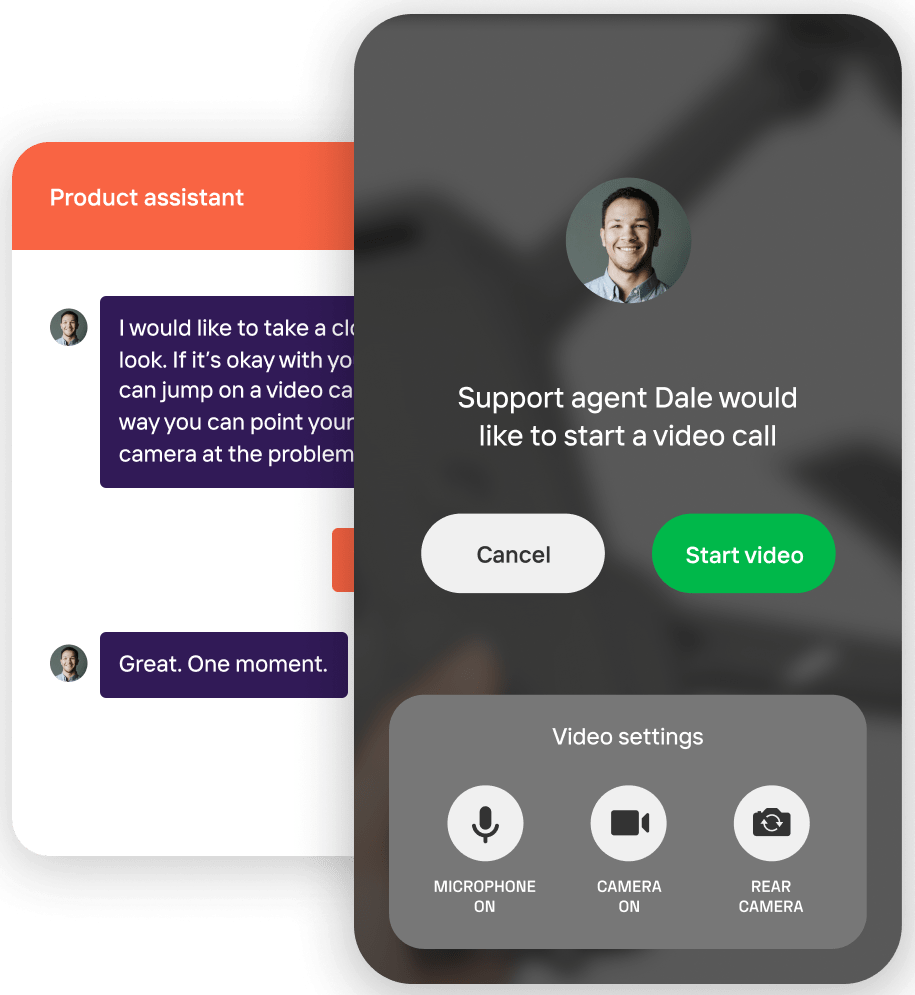
One-click video. Image Credits: Mavenoid
One-click video. Image Credits: Mavenoid
The agent asks the customer to point their smartphone camera at the product, and the agent can zoom in and draw on the screen to illustrate which component needs to be addressed, and share links to guides on how to solve the problem.
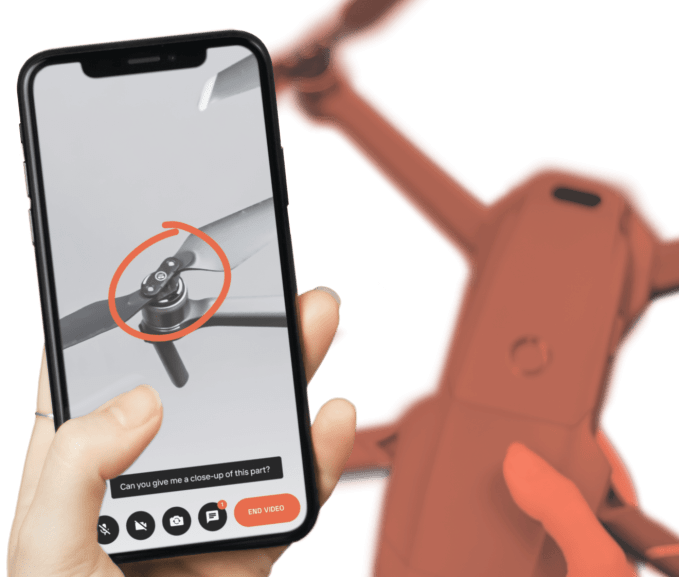
Image Credits: Mavenoid
Image Credits: Mavenoid
On the AI-guided self-service side, meanwhile, Mavenoid helps companies compile their technical documentation, FAQs and how-to guides into a format that’s easy to access and query via a chatbot-style interface.
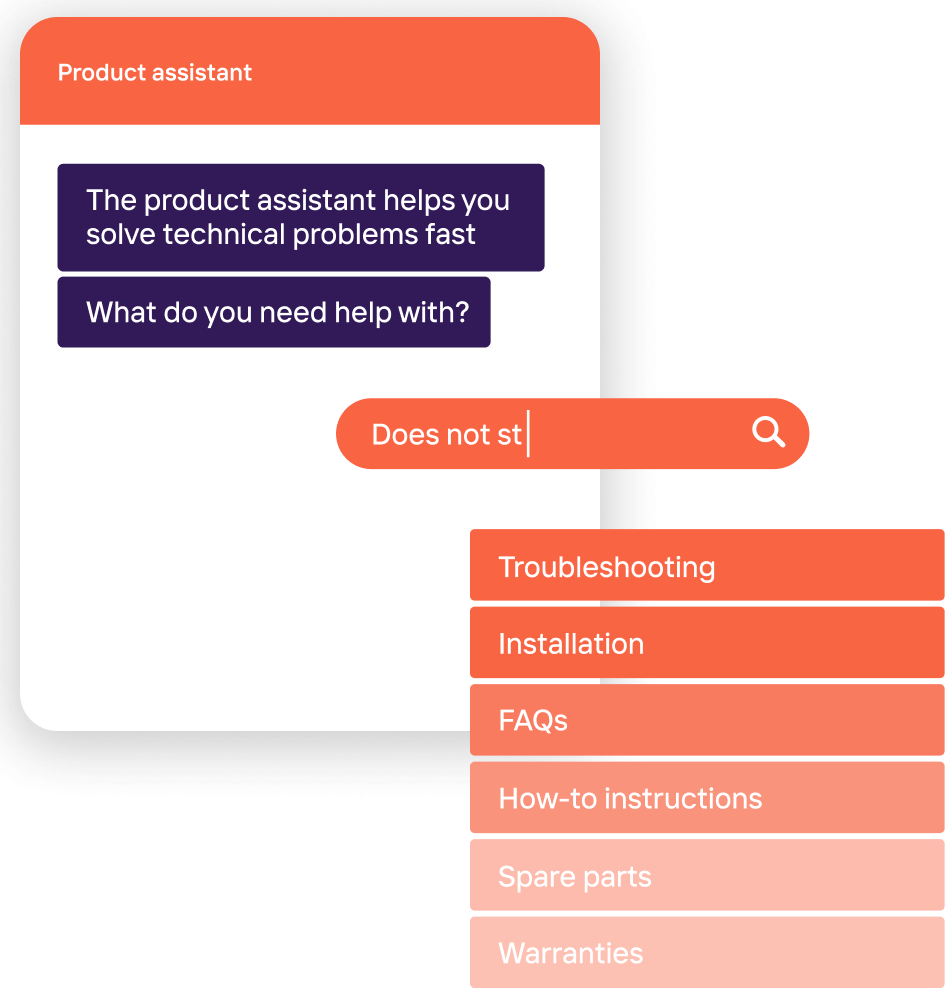
Mavenoid chatbot. Image Credits: Mavenoid
Mavenoid chatbot. Image Credits: Mavenoid
To do this, Mavenoid combines Open AI’s GPT-3 language model and proprietary algorithms to create what it calls “high-quality support models.”
This essentially means that Mavenoid takes care of all the content-scraping (documentation, manuals, FAQs, etc.), and optimizes the knowledge base structure specifically for automated hardware support. This is designed for more complex questions that traditional bot-builders would likely struggle with, and follows a non-linear model that considers the specificities of the problem while using natural language understanding (NLU) to identify the real intent behind a user’s support request.
In short, Mavenoid promises to truly understand a query, rather than simply finding and matching keywords. This increases the chances of finding a resolution to the problem, rather than simply deflecting queries and complaints away from customer support teams.
“Deflection often means that customers don’t get the help they need, and come back more angry than before — ultimately costing companies more in the long run, as they still have to respond to the query, but have hurt customer satisfaction and loyalty,” Lilja said.
It’s also worth noting that at the end of a human-led live support session, agents can suggest feedback that can be incorporated into Mavenoid’s machine learning models to improve the self-service product in the future.
“Over time, Mavenoid’s AI will learn from the implemented suggestions, as it does from all conversations, to improve the automation ability of the self-service assistant,” Lilja added.
In terms of deployment, companies can embed the Mavenoid engine into any website or application by copy and pasting a short piece of code. Then, they can publish links to their product assistants in emails, customer support tickets, social networks, and even QR codes — for example, a company might place a QR code sticker on a product, which directs a customer to a self-service setup guide.
Mavenoid can also integrate with customer relationship management (CRM) software, ticketing systems, ecommerce stores, knowledge bases, and more.
Much has changed at Mavenoid since its $8 million series A round more than two years ago, with a new interface and myriad new features such as AI Retrieval, which enables companies to transform their product documentation into snippets of relevant answers that can be indexed and searched through the Mavenoid self-service product assistant — it’s a little like how Google surfaces answers to specific questions directly in search results.
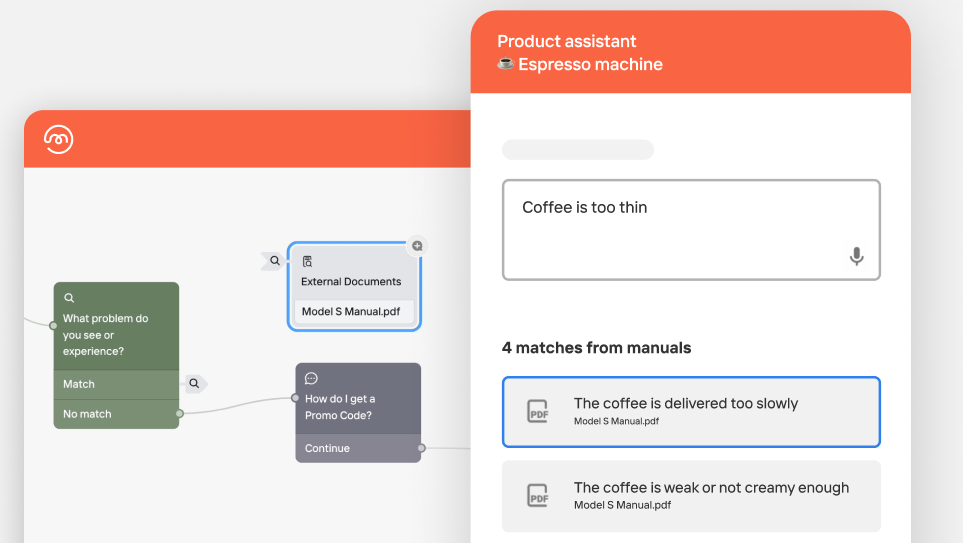
AI Retrieval. Image Credits: Mavenoid
AI Retrieval. Image Credits: Mavenoid
On top of that, Mavenoid has expanded into more than 50 languages and introduced a slew of third-party integrations including with Salesforce, Zendesk, Shopify, Zapier and more.
Mavenoid had previously raised around $10 million, and with another $30 million in the bank, the company said that it plans to double down on its AI and product development, as well as scale its technology globally.
Mavenoid’s Series B round was led by Smedvig Capital, with participation from Creandum, Mosaic, Point Nine Capital, NordicNinja and ABB Technology Ventures.
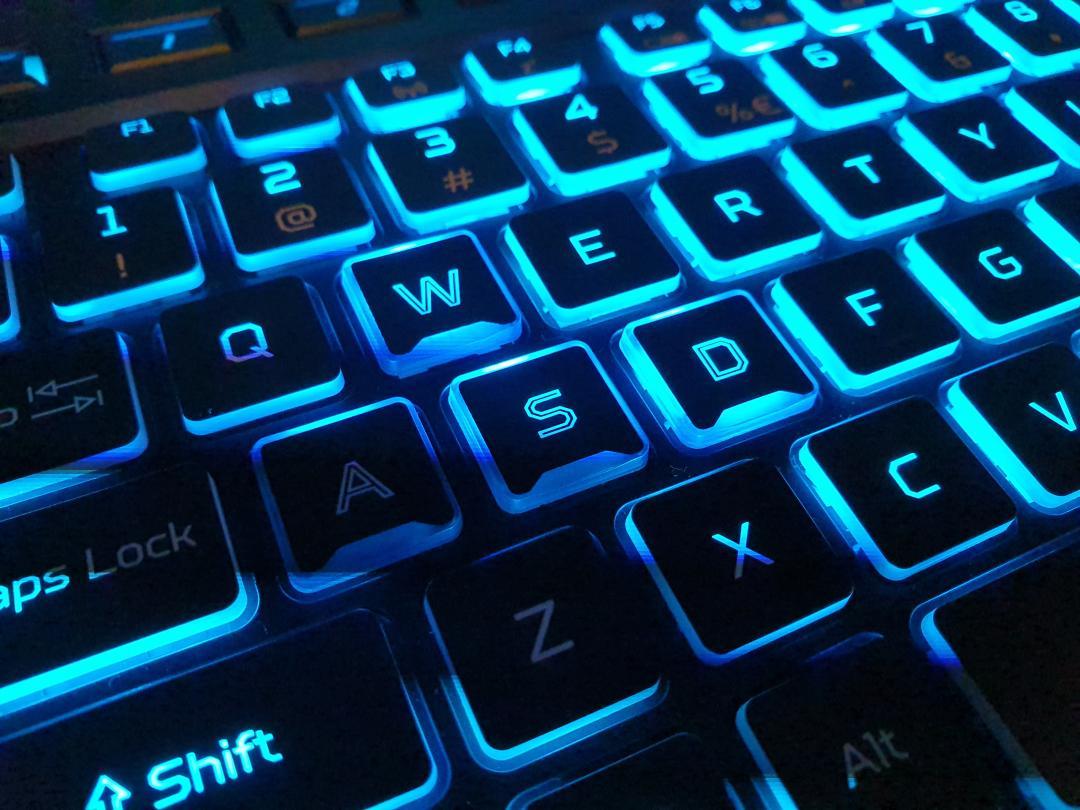 (圖/記者黃肇祥攝)
(圖/記者黃肇祥攝)
想用筆電玩遊戲?以往首選都是 Windows 電腦,未來則有新選擇!根據外媒報導,包含 公司筆電收購hp、聯想在內的品牌,已經開始著手打造電競 Chromebook,有望以更低售價讓玩家體驗 3A 級遊戲。
《9to5google》指出,這批新 Chromebook 將瞄準依賴「串流遊戲」服務,傳會內建 Cloud Gaming Partner Platform 應用程式,可以直接啟動 Nvidia GeForce Now 平台的多款 PC 遊戲,另外也支援 Google Stadia。此外,電腦具備 RGB 鍵盤等常見的電競設計。
不只是藉由雲端,Chromebook 也打算拚效能!一份來自於《Chrome Unboxed》消息則聲稱,一款 公司筆電收購hp 尚未推出的 Chromebook,疑似同時使用 Intel Alder Lake 處理器搭配 Nvidia 顯示卡,意味硬體規格將追平 Windows 電腦,隨著 Steam 平台已經正式支援 ChromeOS,讓玩家不只依賴雲端,也能藉由電腦本身效能玩遊戲。
除了 Intel 以外,NVIDIA 曾在 GPU 技術大會(GTC21)宣布,會攜手聯發科替 Chromebook 帶來 RTX 的 GPU 顯卡效能,打造支援 Chromium、Linux 和 NVIDIA SDK 的參考平台,得以讓 ARM 架構 CPU 支援 RTX 系列的高階顯卡,甚至能使用「光線追蹤」。
Chromebook 是由 Google 主導的筆電產品,授權相較於微軟 Windows 更低,因此即便用上相同規格,也能在市場上開出更低的價格。隨著雲端遊戲逐漸成熟,未來玩家買電腦,不見得一定要選購高階產品。
公司筆電收購 公司筆電收購